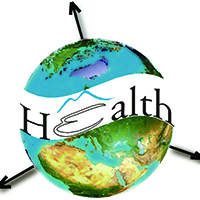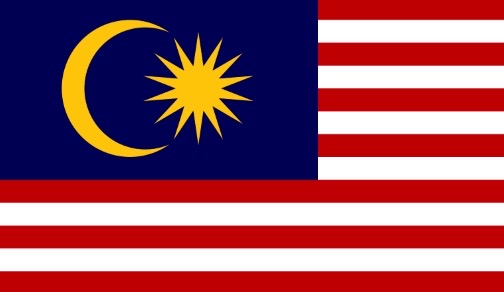Assessment of primary healthcare accessibility and inequality in north-eastern Kazakhstan

HTML: 266
All claims expressed in this article are solely those of the authors and do not necessarily represent those of their affiliated organizations, or those of the publisher, the editors and the reviewers. Any product that may be evaluated in this article or claim that may be made by its manufacturer is not guaranteed or endorsed by the publisher.
Authors
Out of the many aspects of health care, the concept of physical accessibility is a priority that not only encompasses availability of health care resources, but also requires that they are easily accessible for all. To assess this factor as expressed in terms of the number of available physicians in the north-eastern part of Kazakhstan, we used the enhanced two-step float catchment area in a geographic information system approach. The Gini index and the Lorentz curve were used to evaluate the economic inequality within this region. Based on the data obtained, we developed models to increase the availability of health care considering allocation of additional primary health care resources. A low to zero index was found to be typical for most rural settlements, which currently make up less than 15% of the total population. We also identified a correlation between the index of accessibility and that of inequality, which indicates that areas with high accessibility show a more equitable distribution of resources. The developed location/ allocation models of additional primary health care resources can be useful in implementing government initiatives to improve the availability of primary health care in rural areas.
How to Cite

This work is licensed under a Creative Commons Attribution-NonCommercial 4.0 International License.
PAGEPress has chosen to apply the Creative Commons Attribution NonCommercial 4.0 International License (CC BY-NC 4.0) to all manuscripts to be published.











